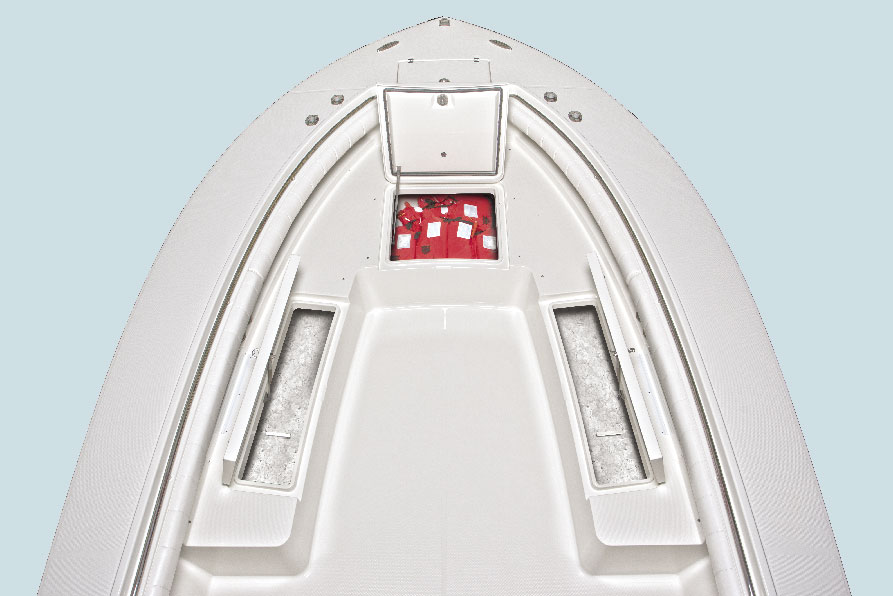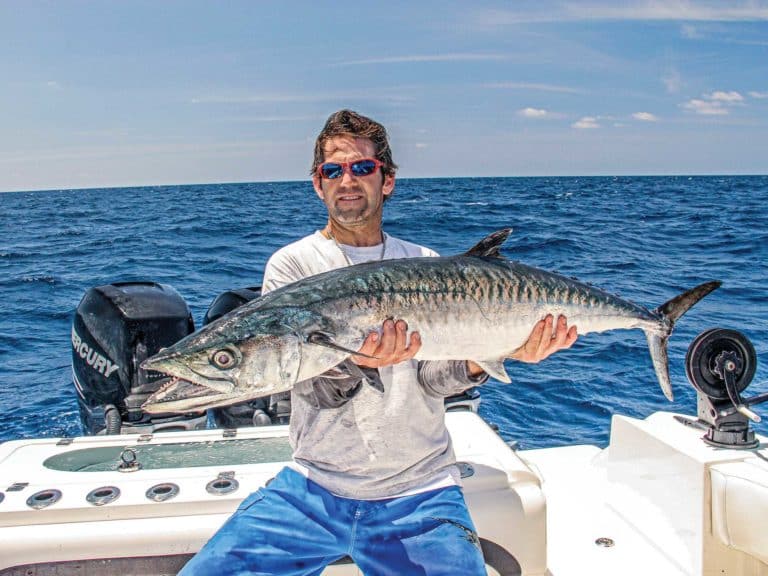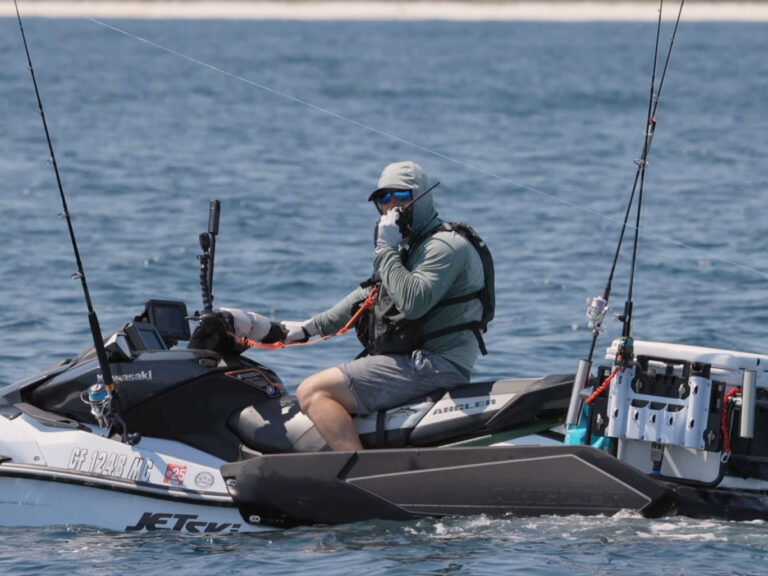
Fish Boxes
There are always variables to consider when buying a new or preowned boat. Style, hull design, propulsion, range and options typically top the shopping list. But fish boxes are often overlooked. Or more specifically, the design and actual construction of those fish boxes. Inadequate insulation, a rough finish or poor drainage can lead to spoiled fish, bruised meat and a nasty, smelly boat. Conversely, boxes with the proper amount of insulation, smooth finishes and a well-executed design will keep ice — and the day’s catch — colder and speed the cleanup process at the end of the day. I asked two veteran boatbuilders and avid anglers about the qualities they look for in these all-important receptacles.
“You can get by with a lot less insulation as long as it’s done right. You don’t need eight inches of foam,” says Owen Maxwell, co-founder of Regulator Boats and the company’s vice president of product development. Regulator builds its boxes with half-inch-thick cored boat foam for a stiffener, then encapsulates the shell in fiberglass. Each box is then finished with two to three inches of 2-pound-density spray foam for the top layer of insulation.
Fit Prevails
“Everybody talks about the thickness of insulation, and it should be at least two inches, up to three inches max, around the sides,” says Todd Albrecht, vice president of sales for Jupiter Marine. “But deck thickness and how well the box seals are two more big factors. Think about how much the sun beats down on the lid of a deck fish box every day. That’s a lot of radiated heat. Plus, if a box fits right and has the proper gaskets, it’ll be airtight to keep the hot air out and the cold air inside.” With these considerations, Albrecht says Jupiter typically uses 5⁄8-inch closed-cell foam with 3⁄16-inch laminate finish to end up with lids pushing one-inch thick.
Both companies, as well as others, are now offering refrigerated boxes as another cooling option. The coils are typically built into the laminate schedule and run off a compact 12-volt compressor. Maxwell favors filling this box with bags of ice that are broken apart as fish are added to avoid ending up with one solid block of ice. Albrecht says many Jupiter owners with this feature chill down the box to nearly freezing temperatures, and then add salt water to make a slurry to thoroughly cool and preserve the meat.
Drain Basics
How a fish box empties is another important consideration. “If all boxes could be above deck and drain overboard, the world would be a better place,” Maxwell says. However, space and layout considerations often force designers into placing boxes belowdecks. In those instances, a macerator pump is mandatory. These heavy-duty grinder-style pumps chew up scales, slime and blood before it is pumped overboard.
“You can’t have anything going into the bilge, or that boat will be a stink bomb in a matter of days,” Maxwell explains. Regulator uses a single SHURflo macerator pump per fish box with a capacity of 13 gallons per minute. Macerator pumps use a lot of juice, requiring a 20-amp fuse wired in-line to prevent tripping breakers. They also aren’t designed to run dry, so the company wires a momentary control switch to prevent the $150 pumps from running continuously.
Jupiter adds drain plugs along with SHURflo macerator pumps so the boxes can double as dry storage if needed. The plugs are recessed in a molded sump in the lowest spot in the box, and drain into the bilge. Albrecht recommends removing the plug at the end of each trip to help eliminate odor and mildew. Maxwell leaves his fish-box-hatch lids propped open for the same reason.
Configuration Considerations
In terms of hardware and fasteners, Maxwell prefers a box lid that opens completely on a piano hinge, so it’s out of the way of flopping fish on the end of a gaff. If that isn’t possible, gas struts that hold the lid open is the next-best scenario. When it comes time for cleanup, Maxwell cautions about checking under all overhangs or radiused lids for any bit of hidden fish debris to prevent odors.
Stand-alone fish coolers, known commonly as “coffin boxes,” are yet another option for anglers targeting meat fish. Jupiter offers three sizes of coffin boxes ranging from 260 to 500 quarts in its TE models. The 2.5-inch-thick fiberglass boxes that are mounted centerline on the bow deck are built by Frigid Rigid for Jupiter.
“Coffin boxes can offer several advantages,” Albrecht explains. “You can pick a size to match your primary targeted species. They are above deck to load a flipping fish quickly, and that also makes them easier to clean. But if you don’t have the fish secured inside, the meat will get bruised from sloshing around.” To prevent this, Jupiter coffin boxes have removable dividers inside to compartmentalize the interior spaces. The two larger models also have split lids.
“Having the flexibility of the baffles and split lids makes sense,” Albrecht says. “If you’re going out for mutton snapper, you don’t need to spend the money for 200 pounds of ice when 40 will do just fine. Plus, your fish aren’t all beat up when you do get back to the dock.”
Albrecht also offers this final tip for better cooling power: “Stay out of the box! Once the fish goes inside, leave it alone. The more warm air you introduce, the more your ice is going to melt. That’s tough to do sometimes with kids, but your fish will be in better shape if they’re always chilling.”









